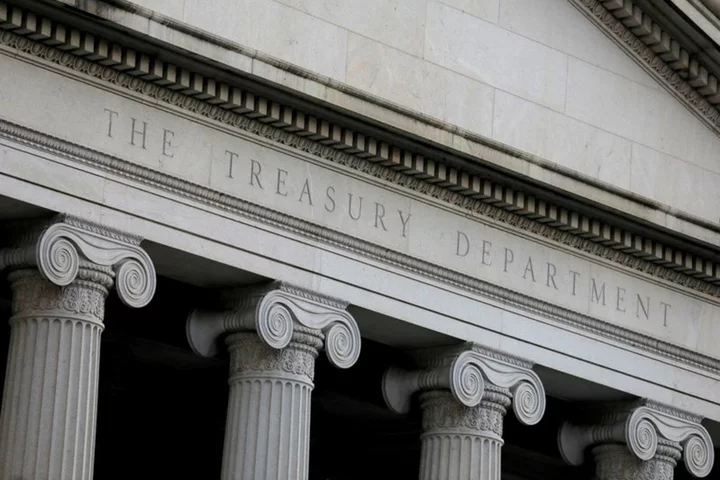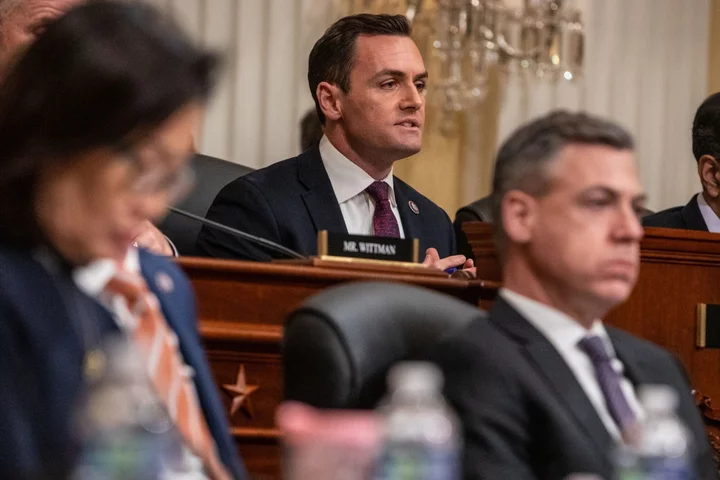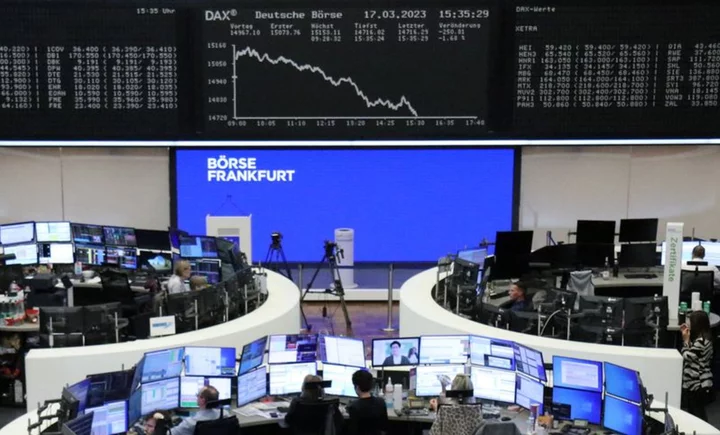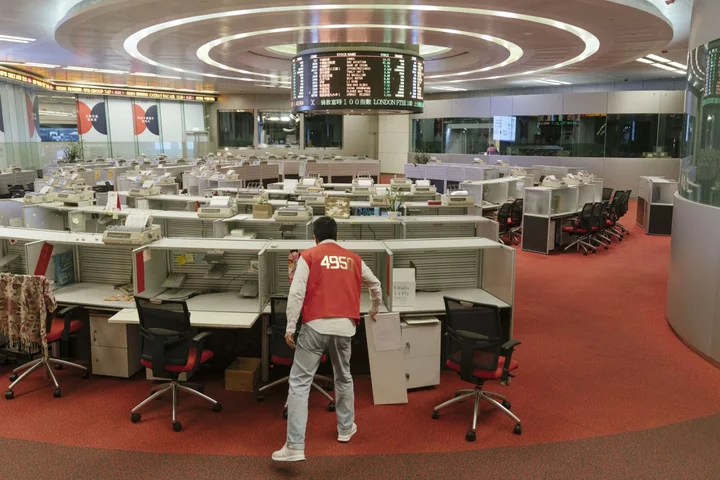By Paritosh Bansal
At $25 trillion, the U.S. Treasury market is massive. And yet, small independent broker-dealers say they are running out of room to operate there.
Over the past decade, at least eight independent broker-dealers have been either bought by bigger firms or closed shop, a Reuters tally shows, taking out intermediation capacity from a market that needs more of it. At the same time, academic studies show the largest banks have come to hold more sway in some segments of the market, such as parts of repurchase agreements (repo) for short-term loans against Treasury and other securities.
James Tabacchi, CEO of South Street Securities and chair of a trade group of independent firms, blames market structure for squeezing out mid-market firms. His group has been lobbying regulators for reforms, arguing that firms such as his bring diversity and resilience to the market.
"The mid-market players leave the marketplace because they can't compete," said Tabacchi, a former Citi executive.
The Treasury market has grown as U.S. government borrowing increased, but intermediation capacity has not kept up. In 1988, for example, there were 46 brokers that act as the Federal Reserve Bank of New York’s counterparties and $2.6 trillion of debt outstanding. Debt has now swollen more than 12-fold, while the number of primary dealers has shrunk to 24. Primary dealers include banks such as JPMorgan Chase and Bank of America.
Other players, such as algorithmic traders, have become a bigger presence, helping make markets. But they tend to withdraw during periods of stress and banks that remain have been overwhelmed, a dynamic that has led to frequent disruptions in recent years.
In March 2020, at the height of the pandemic, for example, Treasury markets froze amid a global dash for cash, forcing the Fed to step in.
"If you don't improve the market structure, you're taking a bigger risk that this is going to happen again and more frequently and more severely in future crises," said Darrell Duffie, a Stanford finance professor who has studied the market in depth and consults with regulators.
TREASURY REFORMS
Regulators have launched a comprehensive review of the market to make it more resilient. The U.S. Securities and Exchange Commission, for example, is finalizing rules that would force more trades to clear centrally.
The debate has focused on issues such as capital rules that limit the capacity of the largest banks to participate and the growing role of the algorithmic trading firms.
In recent weeks, Tabacchi has been making the rounds of Washington, including the SEC, Fed and Treasury Department, hoping to change that. His pitch to regulators: "Spend some of your resources to bring additional capacity through smaller players."
He might have an uphill task. Some Treasury market experts, including two sources close to large banks, said the squeeze on the smaller firms is not the foremost concern for the market, where bigger structural problems exits.
In addition, some of these experts said changing market rules to encourage smaller players would come with risks, and consolidation in an industry where size is an advantage was not necessarily bad.
One of the sources close to a big bank said while their institution wanted diversification in the market, there should be "some standards around who participates to make sure that the system as a whole is safe and sound."
The SEC, Fed and Treasury did not respond to requests for comment.
MARKET DYNAMICS
Tabacchi’s group, the Independent Dealers and Traders Association (IDTA), argues its members can play a significant role, especially at times when market capacity is reduced.
For example, at month-end when banks tend to pull back, such firms have at times seen activity spike by as much as 30% in the reverse repo market, where they would stand in as borrowers of cash and sell securities, according to a 2019 IDTA paper, the latest data available.
The same paper cited data that showed its members’ trades at times accounted for nearly a fifth of the transaction volume that went into the calculation of the benchmark Secured Overnight Financing Rate (SOFR).
In meetings with regulators, Tabacchi has been explaining how market structure that looks sensible on paper can disadvantage smaller firms.
One of his group's asks, for example, is that regulators standardize the reduction applied to the value of collateral in repo trades, called haircuts. Haircuts reduce risk. Larger institutions are able to offer clients trades with no haircuts, something that smaller firms cannot afford to do.
Another of the IDTA's proposal is to have the big banks pay more for a buffer that the Fixed Income Clearing Corporation (FICC), the central clearing entity, maintains to absorb the shock from a default by one of its members.
During the banking crisis in March, as deposits moved to the biggest banks, the size of their market positions increased, Tabacchi said. Increased clearing activity led the FICC to ask for additional funds for the facility. For smaller firms, it meant they could either reduce business or seek more financing.
Tabacchi said he was not sure whether his push for reforms would succeed. He has been diversifying his business to reduce its reliance on Treasury markets.
"We are all planning that this might not work. This market might not be in our future," Tabacchi said.
(Reporting by Paritosh Bansal; editing by Anna Driver)









